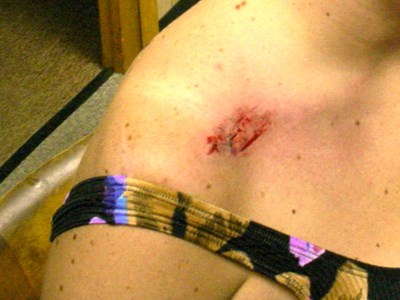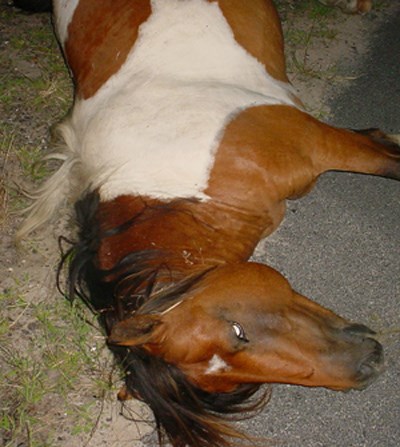
It can be hard to believe that a safe distance is as much about the animal’s welfare as it is about yours, but it’s true. Getting too close, feeding, and touching are all things that can put you and your furry, feathered, or scaled counterpart in grave danger. While Assateague Island National Seashore is a conscientious partner for visitors, it also remains continuously committed to the protection and preservation of nature and wildlife. Despite their good intentions, some visitors love park animals to death. As wildlife become used to humans and lose their natural fear, the animals become aggressive and may be destroyed. Although they may appear harmless and even curious about you, horses do injure visitors every year. That’s partly why approaching, harassing, or feeding any kind of wildlife, no matter how small or familiar, is illegal in all national parks. We want all visitors to create lasting memories, so be safe and remember that distance always makes the heart grow fonder.How close is too close? Stay at least 40 feet (12 meters) or about one bus-length away from wild horses, which are all the horses you’ll encounter in our park. Keep at least 150 feet (46 meters) or about three bus-lengths away from seals; they pass through our beach areas in winter months. Stay safe and never assume you are the one that can get away with a close encounter. But, what if I really want the perfect photo? The popularity of selfies and capturing any moment through photographs or video is posing a new threat to wildlife and humans. Trigger-happy tourists have started to provoke animals, and in some instances, alter their behaviors as a result. Quietly watching from a distance can be even more rewarding than getting the perfect shot. Perhaps you even came here to “get away” from a busy lifestyle and technology. So, use your zoom or a telephoto lens, or put your camera down and take a moment to really appreciate what you see. What if I want to get an animal’s attention? 
Risks to you include:

Risks to wildlife include:
|
Last updated: July 23, 2018

